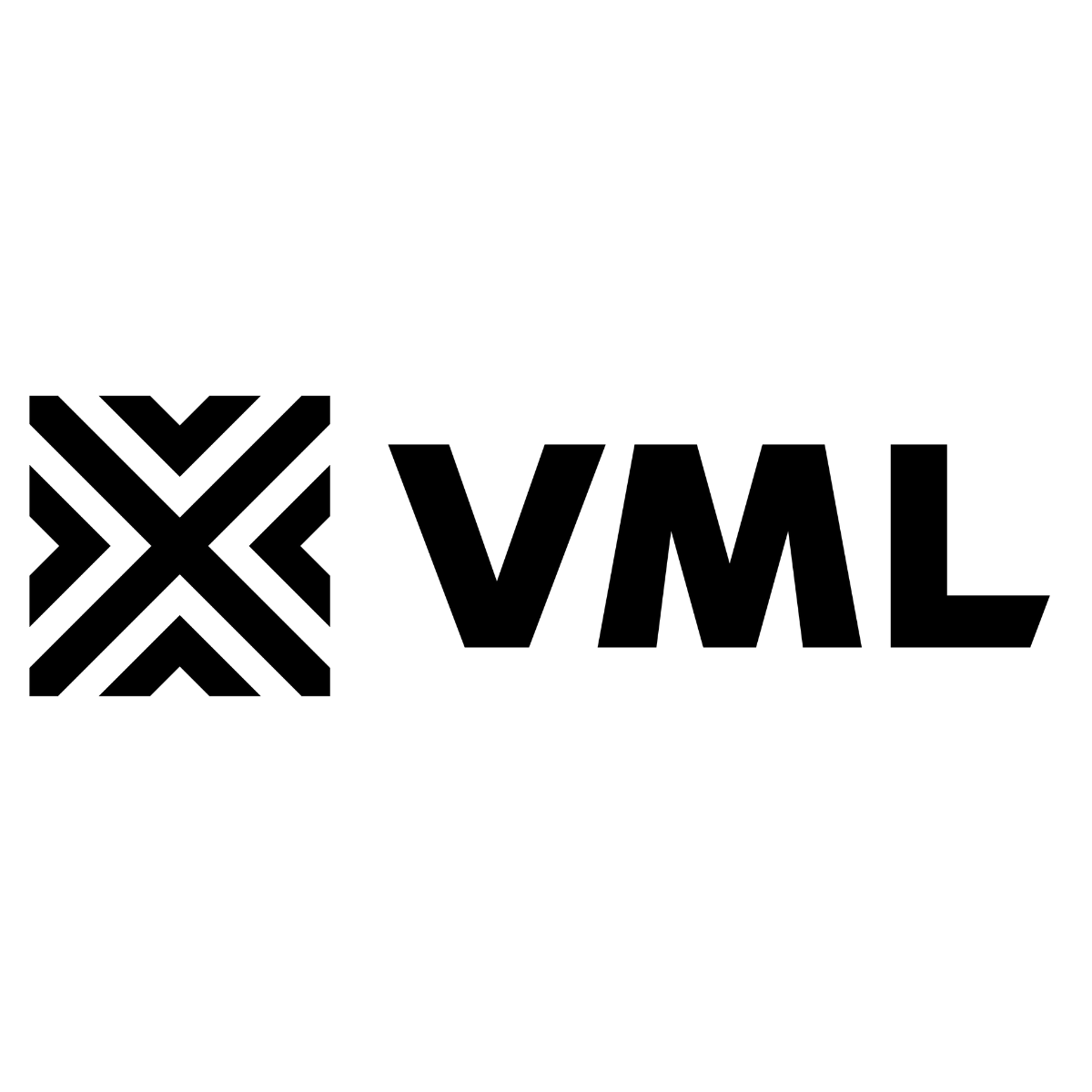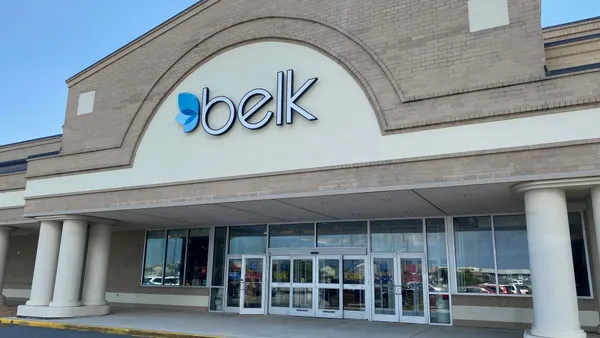Saks Global’s recently announced $600 million financing agreement involves a shuffle of debt that is "tantamount to a default,” S&P Global Ratings analysts said Tuesday.
The luxury department store conglomerate said that S&P’s move is unsurprising and clarified that there is no default related to the transaction.
“We are pleased that we recently secured up to $600 million in committed financing from existing bondholders, with $300 million already funded at the end of June,” a Saks Global spokesperson said by email. “The rating update is common and expected with transactions like these. It is important to note that there will be no default under Saks Global’s existing agreement as a result of the transaction. Importantly, this has no impact on our operations, and we remain confident in our ability to deliver for our stakeholders given this financing package, accelerated synergy realization, and improving inventory flows.”
As part of that package, which has yet to close, $100 million is part of an exchange of senior secured notes where some bondholders receive less value than originally promised; those holders would also rank lower than those with the new notes for purposes like repayment. Saks announced the agreement June 27 saying it would “launch in the near term.”
The S&P Global Ratings analysts, Frederico Carvalho and Amanda O’Neill, on Tuesday also lowered their issuer credit rating on the company, which reflects its ability to handle its debt obligations, to 'CC' from ‘CCC+’. They removed the luxury department store conglomerate from their CreditWatch, where they had placed it in May. That was before either this agreement and another, now canceled, financing deal was reached; at that time they warned that Saks had “a less-than-adequate liquidity position” going into holiday preparations.
Carvalho and O’Neil also lowered their issue-level-rating on the company's notes to 'CC' from ‘B’.
Since its $2.7 billion acquisition of Neiman Marcus Group late last year, Saks Global has been dealing with intertwined operational and financial challenges, the analysts note. That includes collapsing relationships with vendors and other difficulties that are opening doors to competitors.
“A disruption in Saks' inventory flow has led to a pronounced deterioration in its operating performance and liquidity challenges,” they said. “We believe the company’s market position will weaken as competitors with greater financial capacity expand their business operations.”
The S&P analysts also cited CEO Marc Metrick’s efforts to boost working capital by stretching payments, noting that “overdue payments, borrowing base constraints, and seasonal inventory building led to a decline in the availability under the company’s $1.8 billion asset-based lending (ABL) facility” to $415 million as of Feb. 1. Last year the company had a free operating cash flow deficit of $517 million.
In early June, Saks Global executives told BMO Capital Markets that the company has mended fences with vendors and made progress in its five-year goal to achieve $600 million in synergies.
Saks will continue to rely on the ABL facility as negative free cash flow will likely continue for the next two years, according to Carvalho and O’Neill. “While Saks has real estate assets worth over $4 billion on a net basis, it has been unable to monetize them in a timely manner to meet its financial commitments,” they said.















